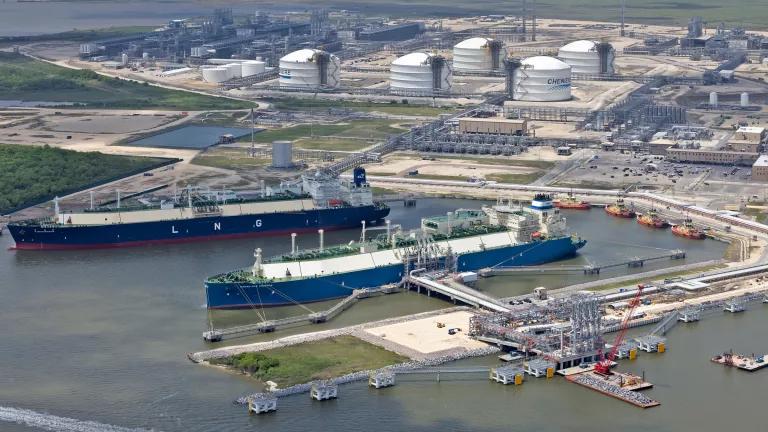IUCN World Conservation Congress calls on Chile to protect Patagonia from HidroAysén transmission development
Highlighting the ongoing international concern about the HidroAysén mega-dam proposal, the IUCN’s World Conservation Congress approved a motion calling on Chile to protect fragile natural areas in Patagonia from transmission line development linked to the controversial project. Construction of a new transmission line to connect the HidroAysén dams to Chile’s main power grid further north would entail traversing pristine landscapes and could potentially open up the region to further industrialization. Fortunately, however, Chile has better energy options. Rather than moving forward with destructive projects like HidroAysén, Chile should instead tap into to its abundant renewable energy resources.
Every four years IUCN members – including both government agencies and NGOS – assemble during the World Conservation Congress to discuss and decide on pressing environmental issues. Significantly, this is now the second time the IUCN assembly takes up the need to protect Patagonia from HidroAysén’s infrastructure. Back in 2008, the assembly passed a resolution calling on the Government of Chile to “evaluate the hydroelectric dams proposed for the Baker and Pascua Rivers and the associated transmission line as a single project.”
Unfortunately, Chile did no heed this recommendation from global environmental experts. Following a contentious three-year evaluation process HidroAysen’s dams received approval in 2011, despite a woefully inadequate environmental impact assessment (EIA). The HidroAysén EIA used incomplete or faulty data and ignored critical issues. In particular, it brazenly overlooked the impact of the new transmission line needed to make the 2,750 MW hydroelectric project viable. While HidroAysén has not officially submitted an EIA for the transmission line yet, the initial route announced by the company would span 820 kilometers, including a 160 kilometer underwater stretch. The high-voltage line, its 1,500 towers and its substations would require constructing new access roads, clearing right of way paths and disturbing untouched lands that are home to endangered and endemic species. To reach the country’s main electric demand center further north, the dam’s power would still need to be transported several hundreds of kilometers more along a path we still know nothing about.
The motion approved by the current IUCN member’s assembly* in Korea once more shines a light on the serious concerns surrounding HidroAysén. The IUCN noted that Chile disregarded international best practice when it evaluated the dams separately from the line - a decision that could prevent proper assessment of the cumulative and combined impacts of the project. What’s more, construction of the HidroAysén transmission line could set the stage for other large-scale and unsustainable projects in previously undisturbed territory. IUCN members called on Chile to ensure that the transmission line does not affect protected areas and other important conservation sites and to guarantee true public participation during the evaluation of the line. The public participation process during the HidroAysén EIA review was notably plagued with irregularities and thousands of critical comments were simply not addressed.
Fortunately, there’s still time for Chile to move toward more sustainable energy options that can help meet its future energy demand with clean and secure power. Chile’s geothermal, solar and wind power resources are abundant and dispersed along the length of the country. Building up these alternatives, as well as boosting energy efficiency, would help Chile meet its future power demand with clean energy that is closer to the customers that need it, rather than with destructive dams at the end of precariously long transmission line.
The IUCN members have spoken, joining millions of Chilean citizens who have already voiced their concern about projects like HidroAysén. Now it’s time for Chile to listen.
*The titles of the English and French versions of Motion 082 "Asegurar la preservación de zonas silvestres en la Patagonia chilena" are pending translation corrections to clarify the motion is not limited to forest ecosystems.




